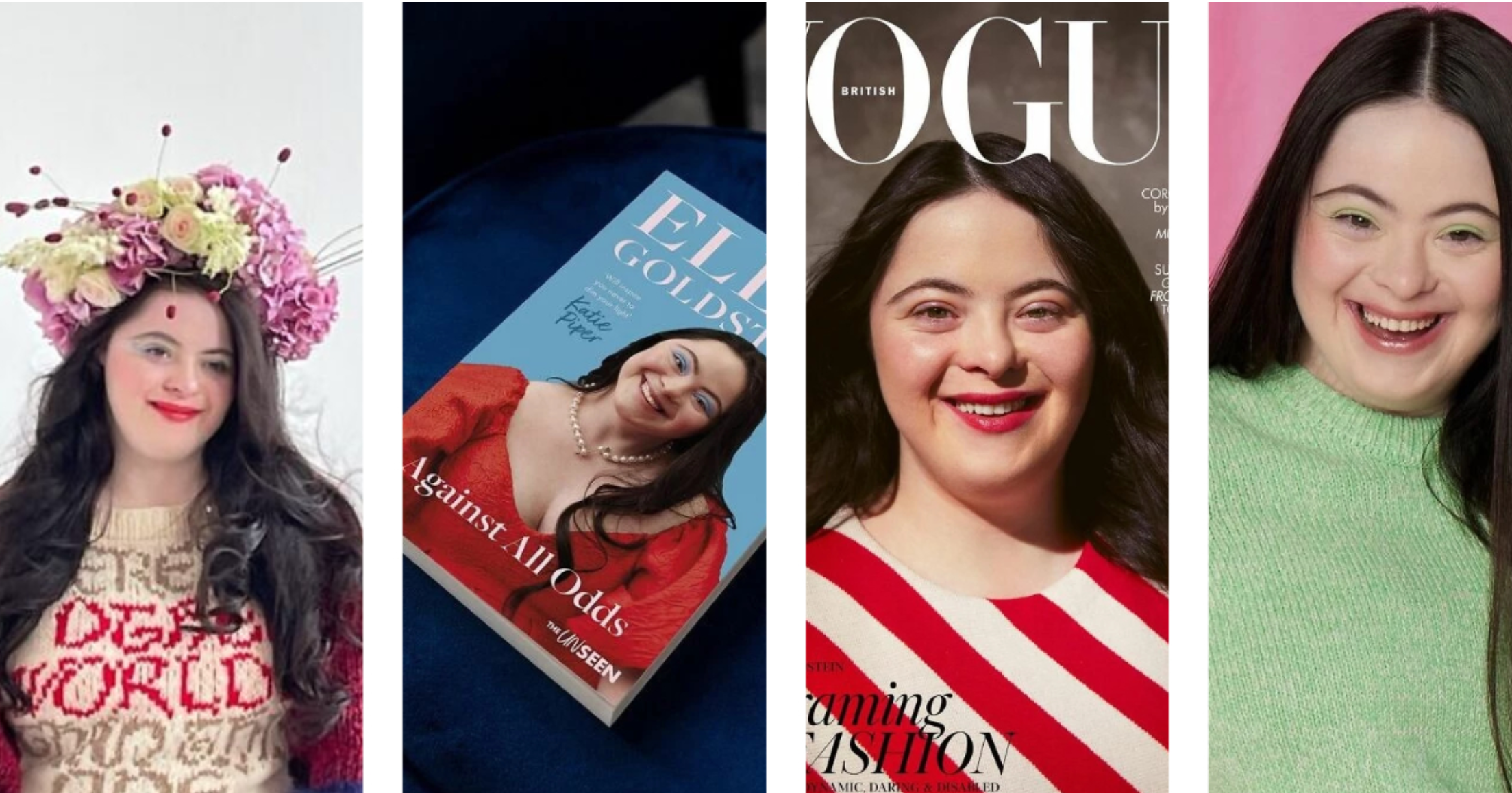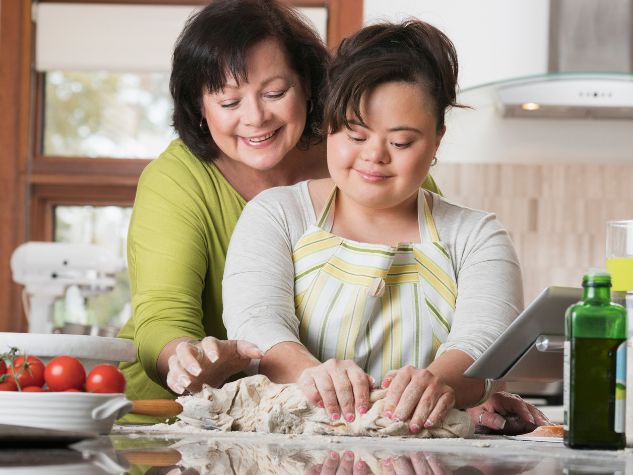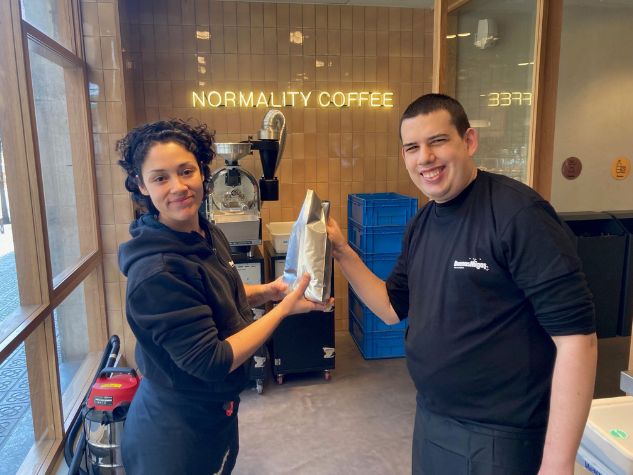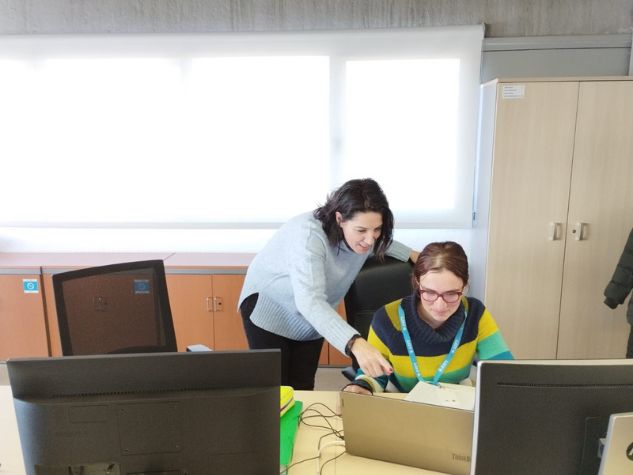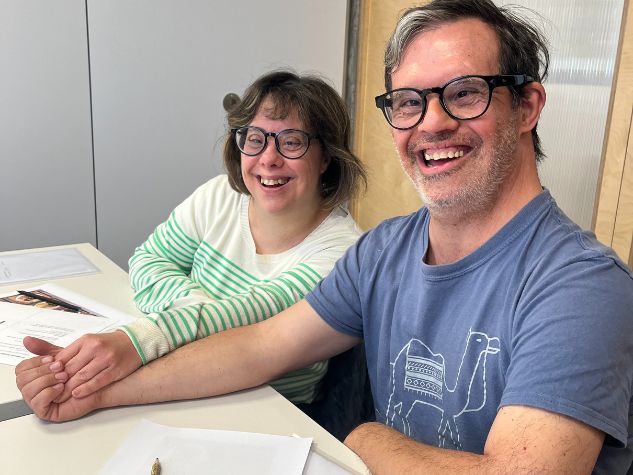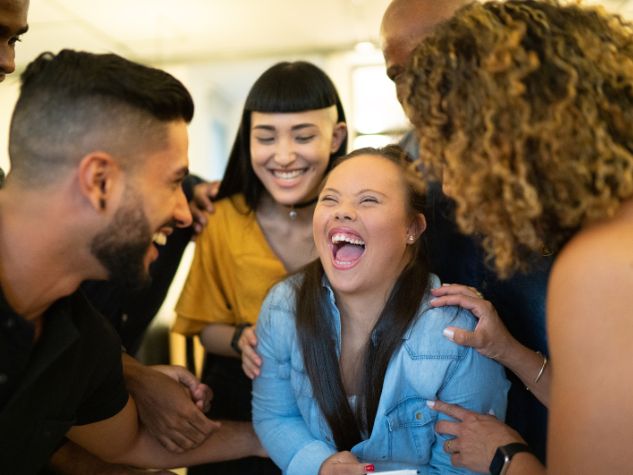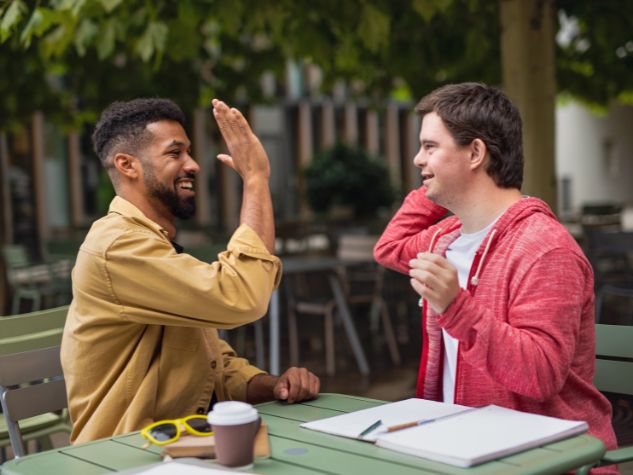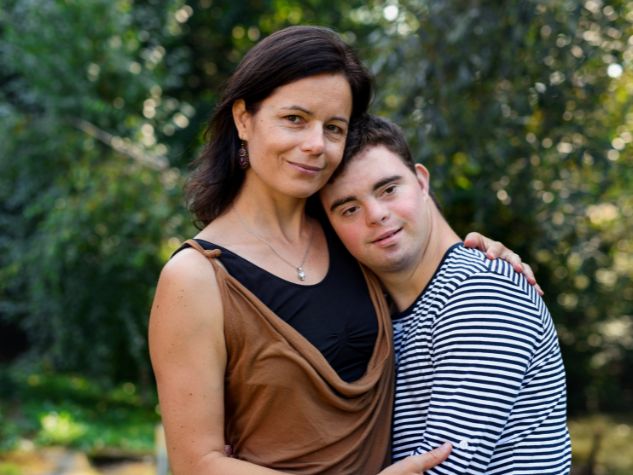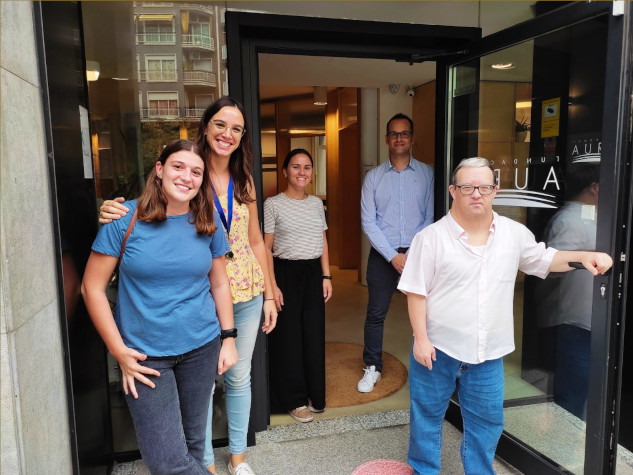In recent decades, the fashion industry has undergone a significant transformation, evolving from its exclusive and homogeneous roots into a space where diversity and inclusion are gaining ground. This shift has not only opened doors for greater representation on runways and in campaigns but has also rewritten the rules of what it means to be beautiful. A fundamental aspect of this evolution is the inclusion of people with different abilities and conditions, such as those with Down syndrome. Among the trailblazers who have challenged traditional standards and demonstrated the importance of diversity in fashion is Elli Goldstein, a model who has made an indelible mark on the industry.
The Revolution of Diversity in Fashion
Historically, fashion has been a field dominated by restrictive beauty standards. Models were often selected based on a uniform set of criteria that excluded many individuals. However, the landscape is changing. Today, the industry is beginning to recognize that true beauty lies in diversity and that fashion should be a reflection of the plurality of the real world. This transformation is not only morally right but also economically intelligent, as modern consumers increasingly value authenticity and representation in the brands they choose.
The inclusion of people with Down syndrome in fashion is a testament to this shift toward diversity. Down syndrome, a genetic condition manifested by the presence of an extra copy of chromosome 21, affects approximately 1 in 700 births. People with Down syndrome often face unique challenges but also bring qualities that enrich society, including an extraordinary ability to radiate joy and self-love. In the context of fashion, their inclusion is crucial for challenging traditional norms and expanding the definition of beauty.
Elli Goldstein: A Beacon of Inspiration
One name that has stood out in promoting this new vision of fashion is Elli Goldstein. Elli is a British model with Down syndrome who has captured the world’s attention with her charismatic presence and distinctive style. Her career has been a brilliant example of how fashion can and should embrace all forms of beauty.
Elli began her modeling career at a time when the inclusion of people with Down syndrome in fashion was still an emerging concept. Her major breakthrough came when she was selected to work with the iconic Italian brand Gucci. This milestone not only marked a crucial moment in her career but also represented a shift in the global fashion narrative. Gucci, known for its innovative approach and commitment to diversity, chose Elli not only for her modeling skills but for her ability to connect with the audience through her authenticity and unique presence.
Elli Goldstein’s experience in fashion has been remarkable not just for its impact on runways but also for her role in challenging perceptions of what it means to be a model. Elli has shown that confidence and style are not dictated by physical or genetic limitations but by attitude and character. Her success has served as a powerful reminder that beauty is diverse and that everyone has something unique to offer.
The Impact of Inclusion in Fashion
The inclusion of models like Elli Goldstein not only has a positive impact on public perceptions of fashion but also opens new opportunities for individuals with Down syndrome and similar conditions. By showcasing models with a broader range of characteristics, the fashion industry is sending a message of acceptance and celebration of differences. This change has the potential to influence how people see themselves and others, promoting greater self-esteem and self-acceptance.
Furthermore, the inclusion of people with Down syndrome in fashion also has practical implications. Brands that embrace an inclusive vision can tap into a broader and more diverse market. Today’s consumers value authentic representation and are drawn to brands that demonstrate a genuine commitment to diversity. By choosing to work with models who break the traditional mold, brands not only fulfill their social responsibilities but also position themselves favorably in the competitive global market.
Looking Toward the Future
The inclusion of people with Down syndrome in fashion is a vital part of a broader movement toward acceptance and diversity in all areas of life. While significant progress has been made, there is still much work to be done. It is crucial for the industry to continue expanding its standards and celebrating beauty in all its forms. Models like Elli Goldstein are inspiring examples of how fashion can be a vehicle for positive change, but true transformation will occur when inclusion becomes the norm rather than the exception.
In conclusion, fashion has the power to influence how we perceive and value diversity. By including and celebrating people with Down syndrome, the industry not only enriches its own landscape but also sends a powerful message to the world: that every person, regardless of their differences, has unique and valuable beauty. As we move toward a more inclusive future, let us remember that fashion is not just about trends but about reflecting and celebrating the richness of humanity in all its diversity.
